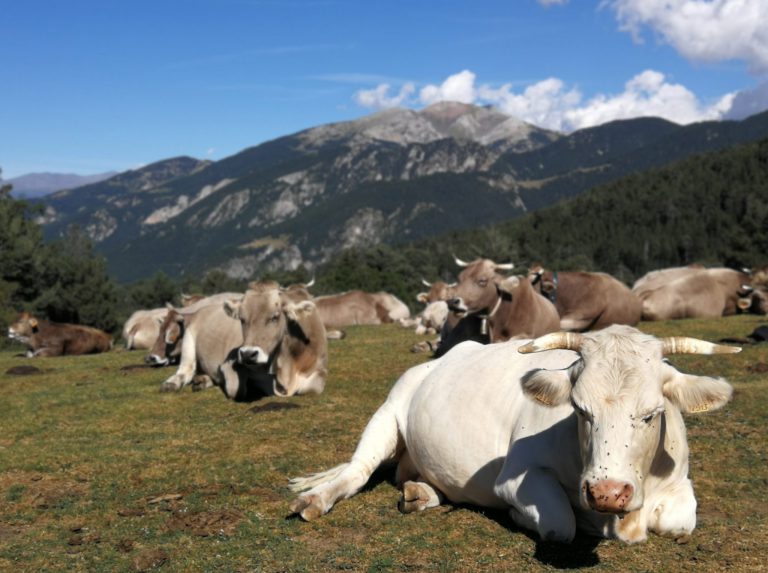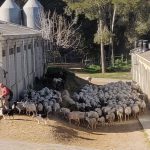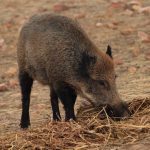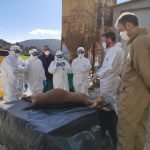Catalonia is OTF – The first milestone in a long-distance race

The declaration of Catalonia as an officially bovine tuberculosis-free (OTF) zone by the European Commission is a very important milestone in a long race for the eradication of animal tuberculosis.
The current program for the accelerated eradication of bovine tuberculosis (TB) began its implementation in the late 1980s. For nearly four decades, Catalonia has now achieved the objective of obtaining OTF status, which is great news for the cattle sector, not only reflecting the improvement in the health status of Catalan cattle herds, but also the recognition of the continuous and cooperative efforts of all the agents involved over recent decades, starting with the cattle sector itself, veterinarians, laboratories, and administration. However, this new status is an essential milestone but still not enough to achieve the ultimate goal of eradicating animal TB. Given the risk of a certain degree of relaxation, it is necessary to maintain the tension of the entire surveillance and control system built up over the years.
What does it mean to be OTF?
The OTF status does not imply eradication of the disease, it is a recognition of a territory after verifying that the prevalence of bovine TB in this area is very low and sustained over time. From there, the bovine tuberculosis eradication program opens the possibility to progressively implement alternative control measures to the regions that have not yet been declared bovine TB-free.
Is the main risk outside our borders?
No. At least not as with other exotic diseases such as African Swine Fever. Without underestimating the cases that may be imported (it is necessary to maintain and reinforce controls prior to animal movements), we must consider that animal TB is still an endemic disease in Catalonia and the bacteria that cause it (mainly Mycobacterium bovis and Mycobacterium caprae) still circulate in wild ungulates (e.g. wild boar), some domestic animals (e.g. goats) and in the interface between them. This is currently the main risk of TB entry into cattle farms, alongside residual infection.
What is residual infection?
Surprisingly, the last three outbreaks of bovine TB in Catalonia have been triggered by strains of M. bovis that we had previously detected in the same geographical areas, but which had not appeared for more than 10 years. Some of the positive farms were already positive a decade ago and it cannot be excluded that the infection had never been completely eradicated from the farm, without being detected in subsequent controls. This phenomenon is called residual infection and is one of the main risk factors for new outbreaks of bovine TB.
For more information on the latest outbreaks of bovine TB in Catalonia, please consult this article (in Spanish) on the epidemiological studies we have performed based on the whole genome sequencing data of the bacteria that were isolated from the different outbreaks:
Upcoming steps to eradicate tuberculosis
A few years ago, the World Health Organization (WHO), the World Organization for Animal Health (WOAH) and the Food and Agriculture Organization of the United Nations (FAO) proposed a specific roadmap against zoonotic (animal-borne) TB with the aim of ending the global TB epidemic by 2030. It is a One Health approach for the disease, detailing the main challenges for tackling tuberculosis in animals in order to achieve the goal of eradicating human TB as well. In our country we have already reinforced this surveillance of zoonotic tuberculosis, as we mentioned in an entry in Cresa & the City. In addition, in the next few years, we must maintain the main surveillance, control and prevention measures we have already implemented:
- Diagnostic effort: tuberculin skin tests in all herds and, perform complementary tests in the laboratory, when necessary, as well as post-mortem confirmation tests.
- Strict surveillance at slaughterhouses of domestic ruminants (cattle, goats and sheep) and examination of all TB suspicious lesions.
- Pre-movement testing.
- Surveillance of susceptible wildlife species, especially in outbreak areas.
- Implementation of reinforced biosecurity measures in high risk areas.
- A goat tuberculosis eradication plan.
IRTA-CReSA in the new context
CReSA (IRTA-CReSA since 2015), thanks to the initial impulse and leadership of Dr. Mariano Domingo, also professor at the UAB, has been involved both in the scientific and technical support, as well as in the conception and follow-up of the actions undertaken by competent authorities on animal health (DACC) for the control and eradication of animal TB in Catalonia since the 90s. These years have served to weave and strengthen links between all the stakeholders involved in the disease control (veterinarians, livestock farmers, hunters, doctors, researchers, laboratories, and public administrations). Within this framework, the IRTA-CReSA Mycobacteria Unit will continue to work in the forthcoming years supporting the competent authorities, diagnosing the disease in domestic and wild animals and, of course, researching and developing new and better control tools or providing new knowledge on the epidemiology of TB in Catalonia, thus contributing to accelerate its eradication.













